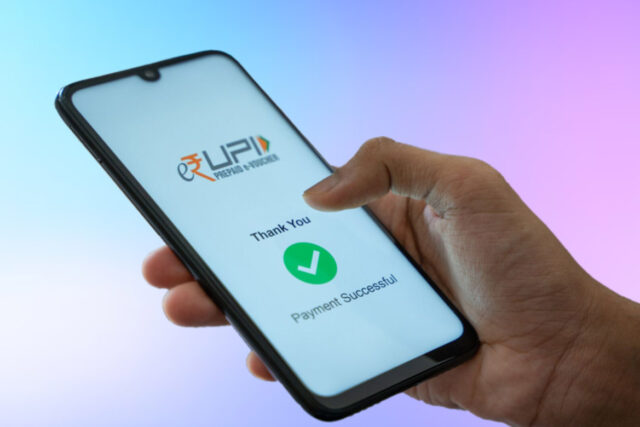In the rapidly evolving landscape of digital payments in India, Unified Payments Interface (UPI) has emerged as a dominant force, revolutionizing the way transactions are conducted. The phenomenal success of UPI can be attributed, in large part, to its widespread use of Quick Response (QR) codes. In this blog, we will explore how UPI has taken the lead in digital payments, driven by the proliferation of QR codes, and how this combination has transformed the way Indians conduct financial transactions.
The report stated that in 2022, UPI conducted over 74 billion transactions worth US$ 1.54 trillion (Rs. 126 trillion). During the same time period, transaction values climbed by 54% while volume increased by 70% year over year (YoY). UPI processed 84 billion transactions worth US$ 1.70 trillion (about Rs. 139.09 trillion) in FY23.
According to the study, the expansion of QR codes is what caused the UPI transaction volume to rise from 152 million in January 2022 to 237 million in December 2022. 4.96 million Bharat QRs were in use as of December 2022, compared to 237.94 million UPI QRs, an increase of 65% from December 2021.
Person-to-merchant transactions (P2M) accounted for around 54% of UPI transactions by the end of 2022 in terms of volume and 23% in terms of value.
In terms of transaction volume, consumers favor UPI Person-to-Merchant (P2M) and Person-to-Person (P2P) payment methods the most frequently, with a market share of 40% and 44%, respectively (UPI was 84% overall). In all, 84% of digital transactions used UPI, with UPI P2P accounting for 66% of those transactions’ value and UPI P2M for 16%.
Read More: 5 Mistakes You’re Probably Making With Your Checking Account
The Rise of UPI in India
Unified Payments Interface, launched in 2016 by the National Payments Corporation of India (NPCI), was introduced to facilitate instant and seamless fund transfers between banks. Since its inception, UPI has witnessed an unprecedented surge in adoption, largely due to its user-friendly interface, real-time transaction capabilities, and interoperability across various banking and payment platforms. As a result, UPI has become the preferred choice for millions of users, merchants, and businesses across the country.
The Power of QR Codes in UPI Transactions
QR codes have played a pivotal role in the exponential growth of UPI transactions. These scannable codes store all the necessary information required to initiate a payment, making transactions hassle-free and secure. Let’s explore some of the key reasons why QR codes have been instrumental in UPI’s dominance:
Simplicity and Convenience: QR codes offer a simple and convenient way to initiate UPI payments. Users only need to scan the QR code using their UPI-enabled app, verify the details, and authorize the payment. This streamlined process eliminates the need for manual entry of recipient details and reduces the chances of errors.
Inclusivity: QR codes are device-agnostic, meaning they can be scanned using any smartphone equipped with a camera. This inclusivity has contributed to UPI’s popularity across a wide range of users, including those with feature phones or basic smartphones.
Merchant Adoption: QR codes have witnessed significant adoption among merchants, both online and offline. Businesses of all sizes, from local Kirana stores to large retail chains, have embraced QR-based UPI payments as a cost-effective and secure mode of accepting payments.
Cost-Effective Solution: Implementing QR code-based payment solutions is relatively inexpensive for merchants, compared to traditional point-of-sale (POS) systems. This cost-effectiveness has further incentivized businesses to adopt UPI QR codes as a payment option.
Enhanced Security: QR codes for UPI payments are designed with robust encryption, ensuring the security of sensitive financial data during transactions. This security feature has boosted consumer confidence in using QR code-based payments.
The Ongoing UPI Revolution
UPI’s dominance in the digital payments space shows no signs of slowing down. As the ecosystem continues to evolve, QR codes are playing a pivotal role in expanding UPI’s use cases. From bill payments, utility services, and ticket bookings to donations and even offline peer-to-peer transfers, QR codes have made UPI transactions an integral part of daily life for millions of Indians.
Read More: Car Insurance Claims: When to Hold Back Unless for Major Damage
Conclusion
The remarkable success of UPI in India can be largely attributed to the widespread adoption of QR codes for seamless and secure digital transactions. As the UPI ecosystem continues to grow, QR codes are propelling financial inclusion and transforming the way individuals and businesses conduct their financial affairs. With the combined power of UPI and QR codes, India’s digital payment revolution is paving the way for a cashless and digitally empowered economy.





